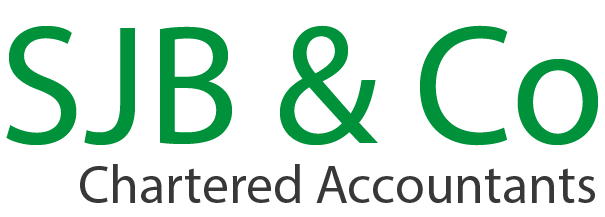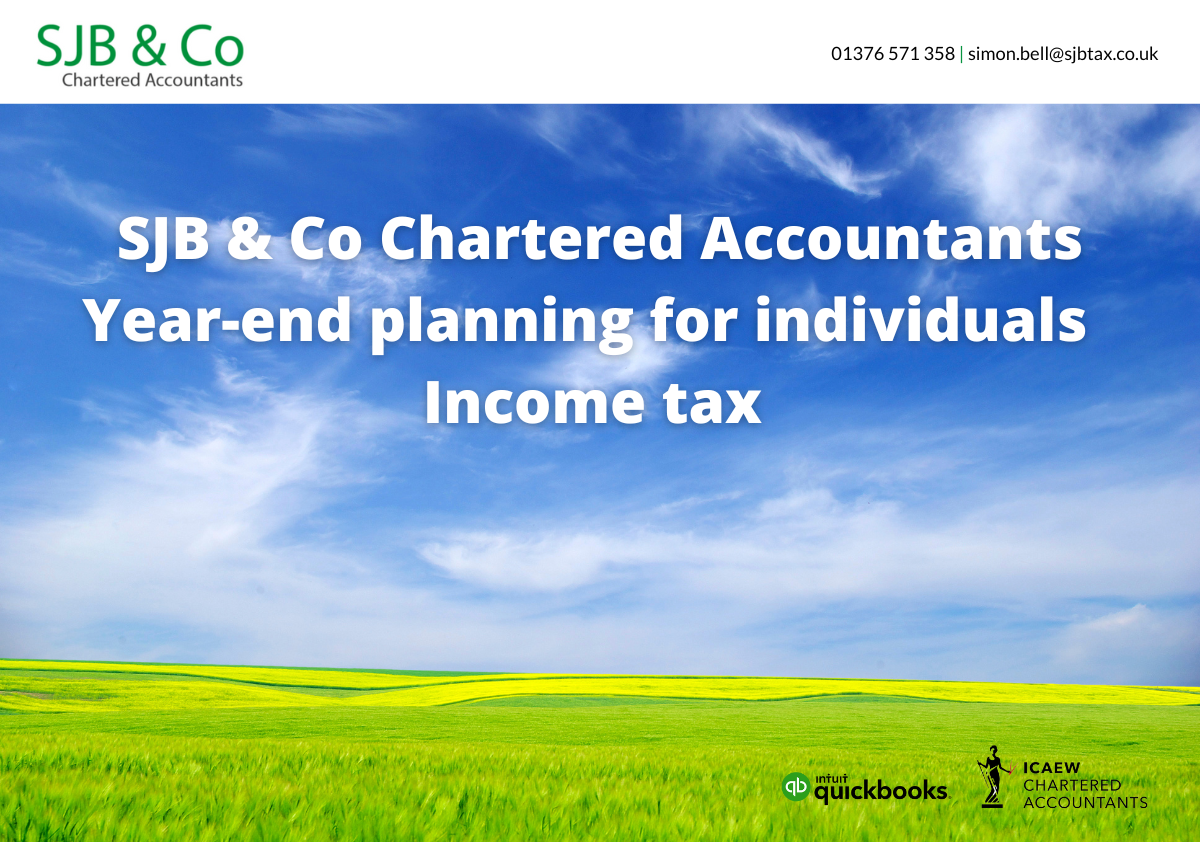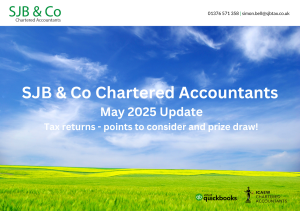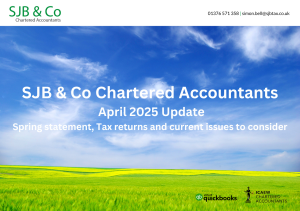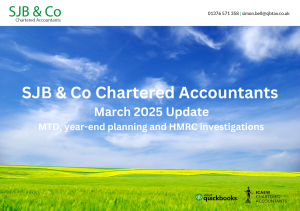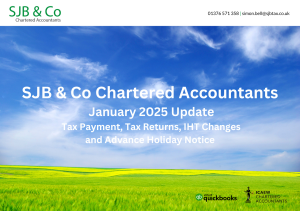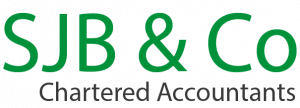Fiscal drag – freezing tax allowances
As announced in the Autumn Statement 2022, most of the personal tax and NIC rates and allowances are to be frozen at current levels for a further two years until April 2028.
This does mean that most pay increases in the next six years will be taxable. If these pay increases are less than inflation, then take home pay is going to suffer on two counts. Any pay rise at less than the rate of inflation will result in less household spending power, as will the impact of any extra tax paid on pay increases received.
If you can afford to manage on existing take home pay you could direct any pay increases into additional pension contributions, which would be tax-free.
Income Tax – Avoiding Marginal Rates
What are these marginal rates?
Most of us know that income tax is charged at three main rates: 20%, 40% and 45%.
Unfortunately, there are certain levels of income that trigger a loss of benefits or allowances as well as a charge to income tax. Because of this, the percentage rate of tax charged can be higher than the underlying rate of income tax. For example:
Joe’s taxable earnings have always been under £100,000, however, for 2022-23 Joe estimates that his income will be £125,140. Bad news… As soon as income for tax purposes exceeds £100,000 Joe loses part of his tax personal allowance (£12,570 for 2022-23). In fact, for every £2 that his income exceeds £100,000 he will lose £1 of this allowance. This means that as soon as income is equal to or higher than £125,140 the personal tax allowance is no longer available. Taking this into account, Joe’s tax bill on the top £25,140 of his income is 40% (£10,056) plus, 40% of the lost allowance – a further £5,028. In total, Joe retains just £10,056 of his £25,140 income (£25,140 – £10,056 – £5,028). His percentage tax charge is therefore 60% on this marginal band of income between £100,000 and £125,140.
Similar, marginal rates apply if:
- your income moves above the threshold where working tax or child tax credits cease to be available,
- a higher paid parent’s income tops £50,000 for the first time: at which point child benefits would be under threat, or those with incomes in excess of £150,000, paying income tax at 45%, will find the tax relief they can claim for pension contributions will be reduced. Note the £150,000 threshold is reducing to £125,140 from April 2023.
To avoid or lessen the impact of these marginal rate charges you will need to discuss the possibility of reducing your income below the trigger points. There are various strategies that can be employed to achieve this including the sacrifice of salary for non-tax benefits such as increased employer pension contributions or longer holidays. However, since April 2017, HMRC will use new legislation to counter these salary sacrifice arrangements and so it is doubly important to consider options with care.
Work though the check list that follows and if any apply to your circumstances call to discuss your options.
Income Tax – Planning Check List 2022-23
To lower the impact of higher rate tax (or marginal rates), consider sharing ownership of income producing assets with your spouse, especially if your spouse pays no income tax, or tax at lower rates.
Similarly, consider sharing ownership of income producing assets with your adult children (over 18 years). Your children,whatever age, can earn up to £12,570 this tax year without paying income tax. Transfers of certain assets may create a CGT liability, and so planning is key.
If you have a pension scheme, take advice from your pension’s advisor on the level of contribution you should make this year. The maximum you can pay in is £40,000 unless you pay tax at 45% in which case the annual limit could be as low as £4,000.
There are no limits to the amount of gift aid donations you can make. These contributions extend your basic rate tax band and are an effective strategy for avoiding the higher and marginal rates of income tax. Charitable donations are also one of the few remaining reliefs that you can carry back, in certain circumstances, to the previous tax year.
You can transfer up to £1,260 of your personal allowance to your spouse if you don’t earn enough to fully utilize this allowance against your own earnings. You can only do this if their income is between £12,571 and £50,000.
If you are provided with a company car and your employer pays for your private fuel, you should consider repaying this private fuel cost to your employer in order to avoid the punitive car fuel benefit charge. This will also save your employer National Insurance charges.
A further consideration for company car drivers is to discuss changing your vehicle for a lower CO2 emissions model. The car benefits charge increases in direct proportion to these CO2 ratings.
Don’t forget to use your ISA allowance. In this way you can invest up to £20,000 in the current tax year and any interest earned, dividends received or capital gains arising will be tax free.
There are a number of specialist investments you can make that are qualifying deductions for income tax purposes. They include: the Enterprise Investment Scheme, Seed Enterprise Investment Schemes and Venture Capital Trusts. Income tax relief varies between 30% and 50% of the qualifying investments. You will need to consider the commercial risks as well as the tax advantages.
Don’t forget that the State Pension is treated as taxable income for tax purposes. You are paid without deduction of tax. If your total income (including your State Pension) exceeds £12,570, this may produce unwelcome bills from the tax office at the end of the tax year.
Although not strictly a tax planning matter, if you have an outstanding mortgage on your home, the current upward pressure on interest rates will be causing concern. The funds you use to repay your mortgage come from your after-tax income. Discuss ways to pay-off part of the loan with your mortgage adviser and if you can convert an interest only mortgage to a repayment variety this will drastically reduce the interest cost of your loan.
From April 2026, the quarterly reporting of trading data to HMRC will apply to self-employed traders and landlords with gross income in excess of £50,000, with the threshold being reduced the following year. To comply, traders and affected landlords will need to record their accounting data in an electronic format that is approved, and can link to, HMRC’s servers. Although the deferral in the introduction of quarterly reporting is helpful, the clock is still ticking. For many businesses there will be benefits from converting to cloud accounting and as you will need to do by 2026, why not convert to software now and then you will be ready for quarterly reporting when it comes? We can help.
For more information or to discuss any issues raised above please contact Simon Bell by phone on 01376 571358 or email [email protected] . This article is written in general terms and therefore cannot be relied on to cover specific situations . Applications of the principles set out will depend on particular circumstances. It is recommended that you take professional advice before acting or refraining from acting on any of the above content.
